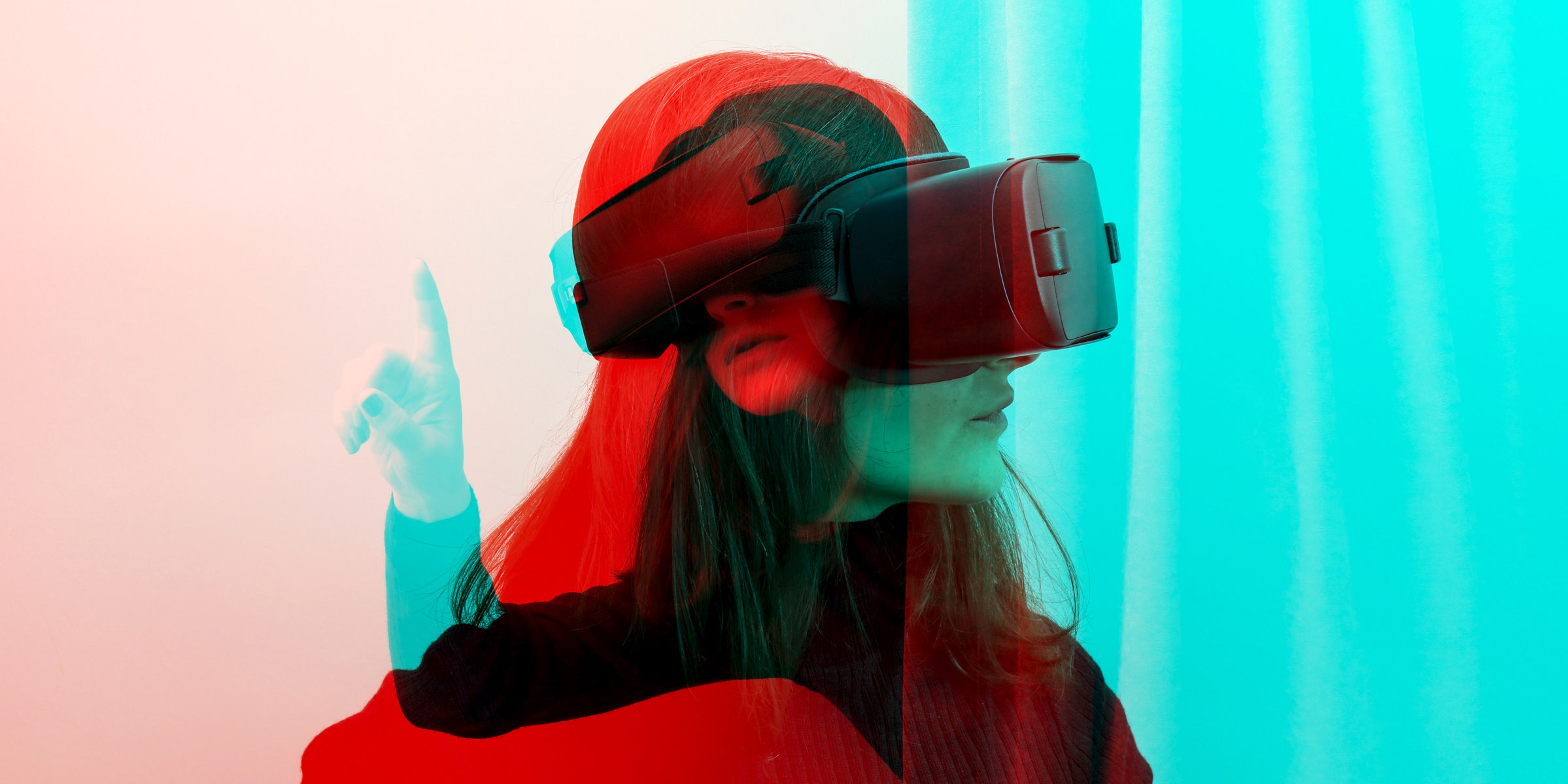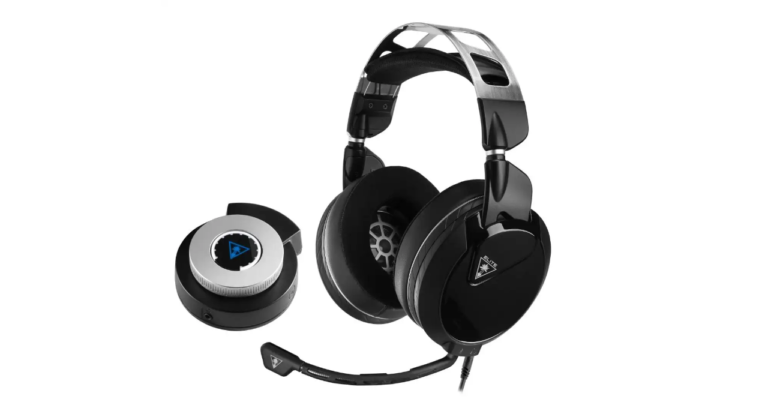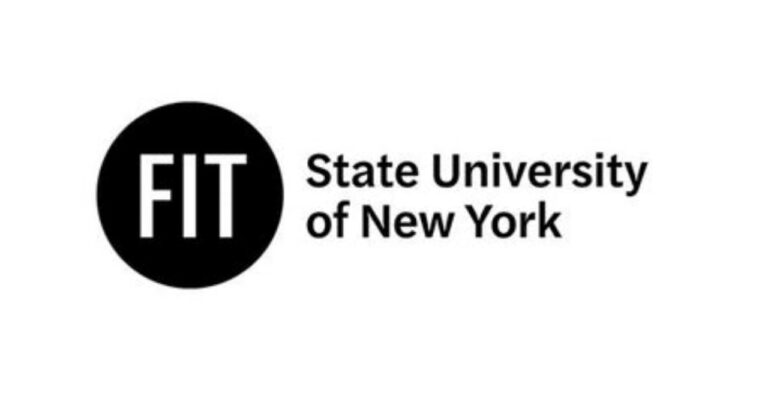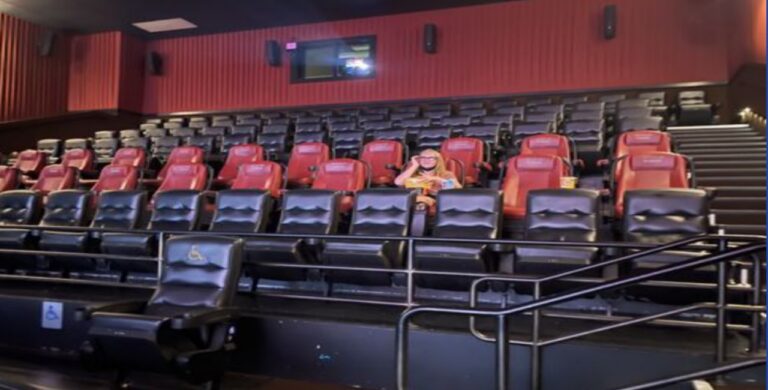The Benefits and Disadvantages of Virtual Reality
Virtual reality is a simulated experience that is similar to or different from the real world. It has numerous uses in education, entertainment, and business. This article will discuss the benefits and disadvantages of virtual reality. For the most part, the experience is similar to the real world, but it does have some differences. This article will discuss the field of view (FOV) and the limitations of virtual reality. This technology is only just beginning to gain popularity, but the possibilities are huge.
Disadvantages of virtual reality
Virtual reality is a hot new technology in entertainment and gaming, but there are some downsides to using it. Some users may become addicted to virtual reality, while others may suffer from motion sickness. There are also some psychological problems associated with this new technology. Some people may develop depression as a result of their use. The following are some of the most important disadvantages associated with virtual reality. To avoid these problems, it is important to understand the benefits of virtual reality.
Virtual reality is a relatively new technology, and the technology used to create it isn’t perfect. The cost of the hardware and software is a drawback, especially for the most immersive systems. They also can be difficult to use. Additionally, few people have the specialized knowledge to repair VR systems, so you’ll have to spend a lot of money to get started. In addition, not all systems are interchangeable.
Future of virtual reality
With the advent of VR, the gaming industry has experienced a tremendous upsurge. This technology improves the gaming experience by creating a more immersive connection between player and game. VR is also revolutionizing the healthcare industry, retail and education industries. Users can learn from a virtual experience, relax while waiting in line for their surgery or play a game while studying a new topic. This new technology is paving the way for new ways to connect with people in the future.
The entertainment industry is the most obvious use for VR. Businesses can use the technology to create simulated environments for sports events and travel experiences. Real estate and construction businesses can also make use of the technology by allowing their staff to experience finished environments without the risk of making mistakes. VR could also be used to help improve memory retention and enhance the learning process of staff in those industries. And just like the gaming industry, the entertainment industry can reap huge rewards from VR.
Applications of virtual reality
A growing number of applications for virtual reality are beginning to be explored. The medical field is an obvious candidate for the use of virtual reality. In addition to training surgeons for the operating theatre, the immersiveTouch VR suite enables medical professionals to practice complicated surgical procedures on individual patients. Using haptic “touch” technology and patients’ most recent medical scans, the suite generates 3D models of complex tissues. The surgeon can use this 3D model to experiment outside of the operating room and execute a planned procedure.
Many industries will benefit from the application of virtual reality. The medical field is one of the most obvious, as VR allows soldiers to train with minimal risks. The technology can even help the retail industry recover from the Covid 19 pandemic. Using a headset, a patient can virtually try on clothing before making a purchase, and even experience the space as it would look in their own home. Retailers will also benefit from VR, which allows shoppers to virtually spin product photographs. Meanwhile, architects can use VR to give their clients a virtual tour of proposed buildings. The technology may also replace scale models, which can be problematic for some patients.
Field of view (FOV)
FoV is the area of the visual field that is visible to the person wearing the virtual reality headset. It is calculated according to the polar angle ph (the angle of meridian through the center of the visual field). This angle defines the FoV in this direction. Horizontal and vertical half-meridians have different values for FoV. The final FoV values are reported for each virtual reality headset at an average corresponding eye relief distance.
The size of the OFOV in VR devices varies. A large OFOV (110deg) is better for memory retention than a small one, so larger sizes are recommended. However, small OFOVs can impair the learning process. Users can compensate for this loss of information by increasing their focus. The size of the visual field should be large enough for them to be able to see the object that is in the center of the field of view.
Sensors
Virtual reality systems rely on a variety of sensing devices to provide accurate information about the virtual environment. These devices can measure a variety of factors, including temperature, odor, and pressure distribution. Because of their versatility, virtual reality devices must be compact and lightweight to ensure a smooth experience. Below are some of the ways that sensors in virtual reality can enhance the experience. All three of these technologies have important applications. Ultimately, they will help enhance the immersive experience for the users.
In a study that combined healthcare and virtual reality, Betella et al. created an immersive environment that could detect a user’s arousal state, which represents the intensity of an individual’s emotional response to a situation or information. The signals collected from the system were fed into several machine-learning models. The results revealed that the linear discriminant classifier had the best accuracy. However, there is a great deal of unmet need for these devices.
Read also this post: Turtle Beach Elite Pro 2 + SuperAmp Review

I’m publisher on vents today if anyone want post on our website then do contact







